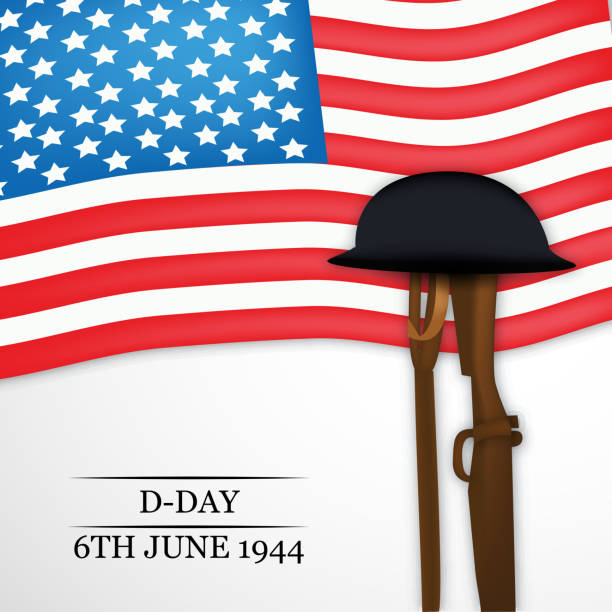
Today marks the seventy-ninth anniversary of
Operation Overlord. Better
known by its nickname “D-Day,” it
turned the tide in World War II. D-Day
remains the largest amphibious military operation in history. The invasion
involved 156,115 troops, 6,939 ships and landing craft, 10,440 aircraft, 450,000 tons of ammunition,
and 17 million maps.
![]()
The invasion took more than two years to plan. U.S. President Franklin D. Roosevelt and British Prime Minister Winston Churchill first discussed a large-scale invasion of Europe shortly after the United States entered the war. Planning for the invasion
took on urgency, however, only in December 1943 when Dwight D. Eisenhower was named Supreme Commander of the Allied Expeditionary Force. Four months later, the Allies rehearsed the invasion in Devon, England. “
Operation Tiger” ended in disaster. More than seven hundred Allied servicemen were killed after German boats spotted and attacked their convoy. The disaster nonetheless
taught Eisenhower and his staff important lessons. The bravery and heroism that Allied forces displayed on D-Day storming the beaches of Normandy and scaling its cliffs remain the stuff of legends.
The success of D-Day came at a high cost. Some four thousand Allied troops, including 2,502 Americans, didn’t return home. They left behind mothers and fathers, aunts and uncles, brothers and sisters, wives and girlfriends, and sons and daughters. The temporary cemetery that the U.S. First Army created on June 8 is now the
Normandy American Cemetery. To walk the paths of the cemetery amid row after row of graves is to gain a sense of just how much was given.


